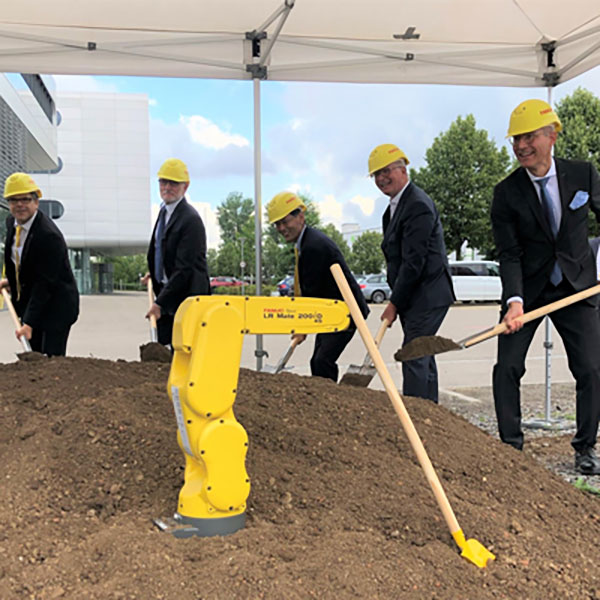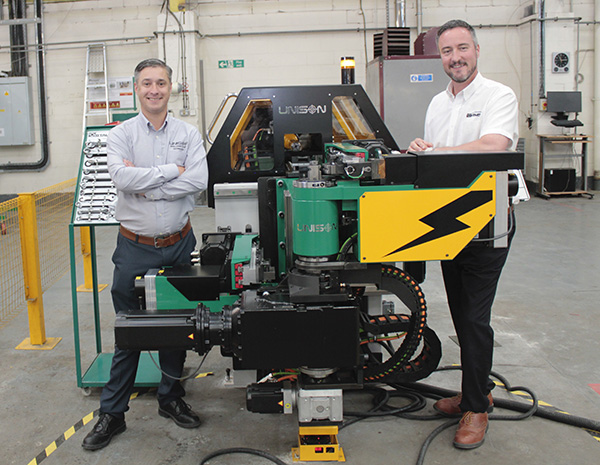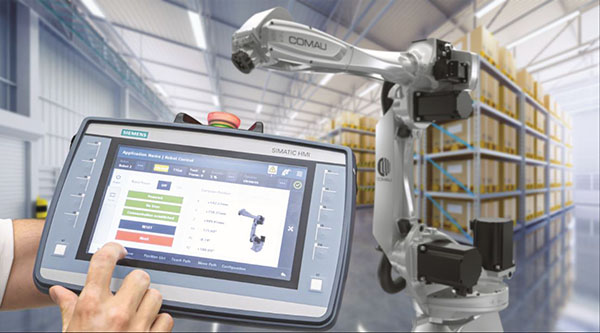
Durability and reliability expert HBK is running a series of online training courses that will enable engineers to address work challenges utilising nCode and ReliaSoft software. The courses – created around the needs of engineers from a range of industries such as automotive, aerospace and energy – can develop skills in the areas of reliability, maintainability, durability and fatigue analysis, through a deeper understanding of background theory, hands-on examples and real-world case studies.
Upcoming reliability and maintainability courses include ‘Fundamentals of Reliability’, where attendees will learn how to analyse and model reliability data using ReliaSoft Weibull++ and BlockSim. The course provides a solid foundation of the methods, analyses, applications and associated tools in reliability engineering mathematics – from basic data analysis and modelling to advanced methods and concepts.
Delegates on the ‘System Reliability and Maintainability Analysis’ course will learn system reliability, maintainability and related analyses using the ReliaSoft BlockSim tool. The instructor will show how to build reliability models, explore advanced concepts and applications – and provide optimisation using a reliability block diagram or fault tree analysis approach.
Upcoming durability and fatigue courses include ‘nCode GlyphWorks: Signal Processing and Test Data Analysis’, where attendees can learn how to apply techniques for signal processing, statistical analysis and durability assessment with nCode GlyphWorks. CAE engineers can learn how to make accurate fatigue life estimations from finite element results at ‘nCode DesignLife: Fatigue Analysis using FEA Results’.
Advanced courses covering more in-depth concepts like the fatigue of welds and predicting the fatigue life of products that experience dynamic stresses, are also available.
Courses are delivered over a series of three-hour sessions presented by Prenscia application engineers, who provide real-time instruction in a virtual meeting environment.
For further information
https://is.gd/jupuvi
























